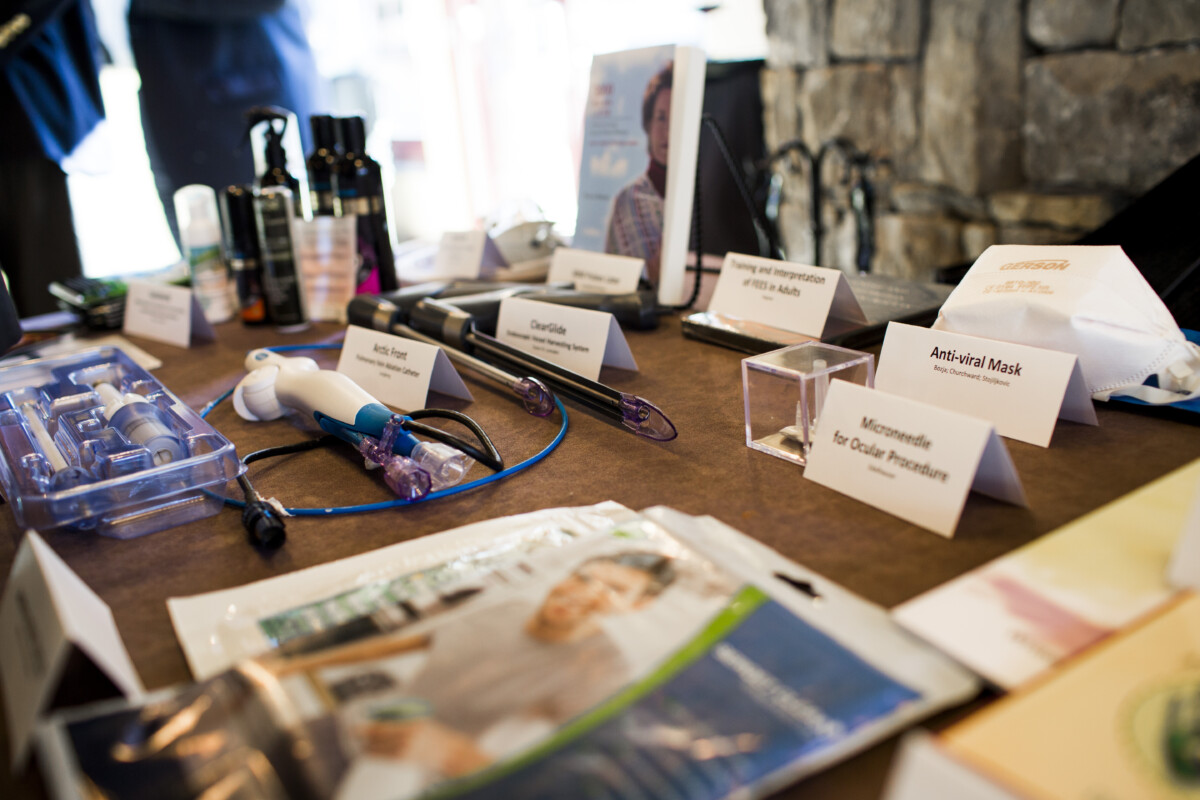
A selection of the many Emory innovations to reach the market.
The passage of the Bayh-Dole Act in 1980, which allowed universities to take ownership of their inventions made with federally funded research, was a pivotal moment for academic innovation.
The shift prompted universities nationwide—including Emory University—to establish technology transfer offices to facilitate this newfound process, and by 1985, Emory had created its Office of Technology Transfer (OTT). Over the next four decades, Emory OTT grew into a leader in the field, setting the standard for how universities can transform academic innovation into tangible solutions.
As we celebrate 40 years of Emory OTT, let’s take a closer look at its beginnings, the milestones that defined its journey, and how a culture of innovation continues to shape its future.
Starting small
Technology transfer at Emory began with its first issued patent—a degassing process for removing oxygen—and the launch of its first startup, CytRx, which focused on oncological R&D. However, the office didn’t truly take shape until 1992, when it hired its first dedicated staff member and appointed its first director, Vincent LaTerza. Soon after, OTT was spun out of the Office of Sponsored Programs to become a dedicated office.
The early days were modest.
“When I started in 1995, there were only three of us in the office, located in a little house known as the ‘Tech Shack’ on Ridgewood Drive,” recalls Connie Newsome, who joined OTT as an administrative assistant and eventually undertook roles like office manager and project manager over her 23-year career. “It was run like a small company carved out of the university, with the expectation that we bring in dollars every year to fund operations.”
Charting a path forward
The groundwork laid by LaTerza provided a strong start, but it was Mary Severson who shaped the office into what we know it as today.
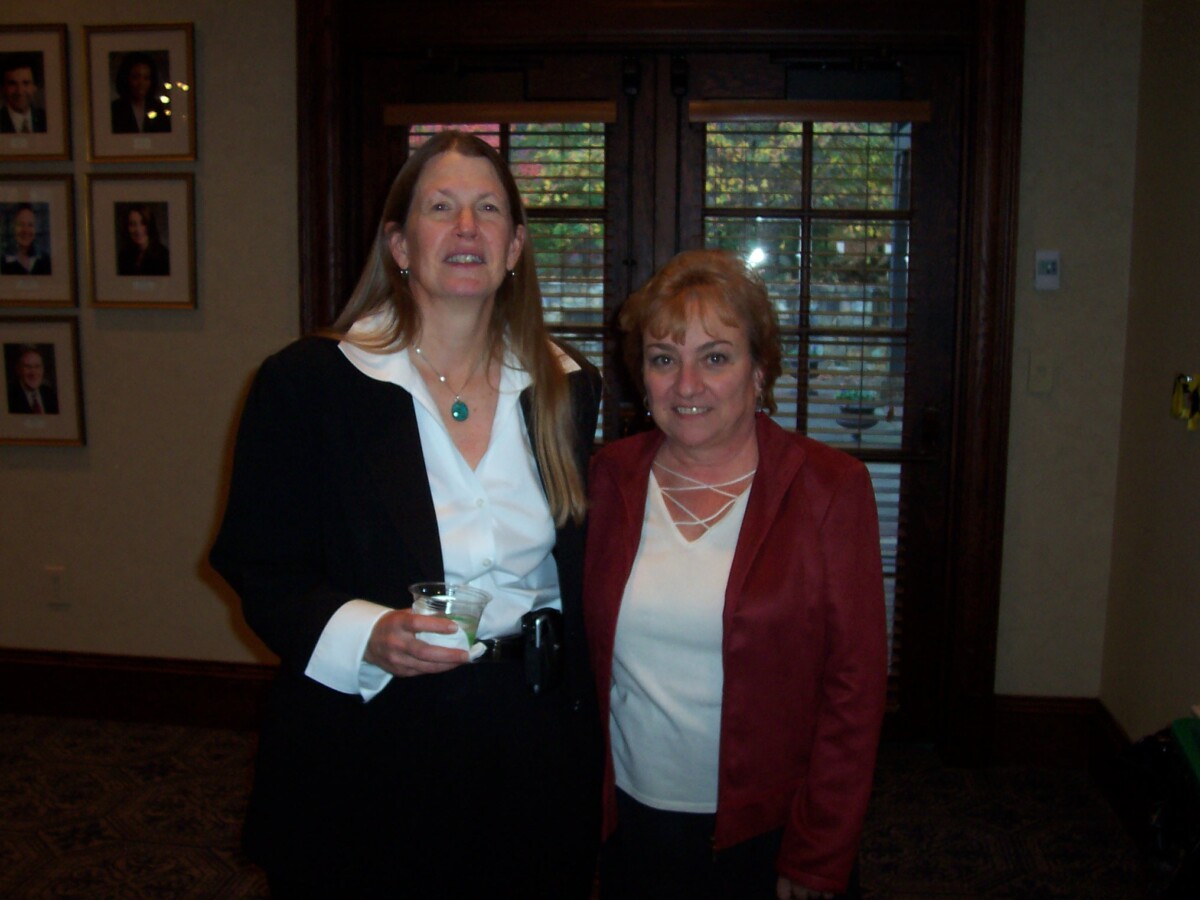
Mary Severson (left) and Connie Newsome (right) at Severson’s retirement party, 2004.
Severson, who joined the office as Director on the first working day of 2000, aimed to put a firm ground underneath OTT. Before her arrival, the office was overseen by four different groups and lacked an administrative structure.
“It was a mess. … I worked with faculty, training and getting the office into shape with in-house training. The job was difficult—I was not only putting everything back together and creating an administrative structure, but I was also handling a third of all technologies coming through Emory,” says Severson.
Eventually, Severson succeeded in “righting the ship,” in her words, with a sophisticated approach to contracting and asset development.
“OTT grew up during my tenure. From disorganized, sloppy record keeping and chasing the loudest complaint to a professional organization capable of responding appropriately to internal faculty and administration as well as the external commercial scene. We created the strong foundation.”
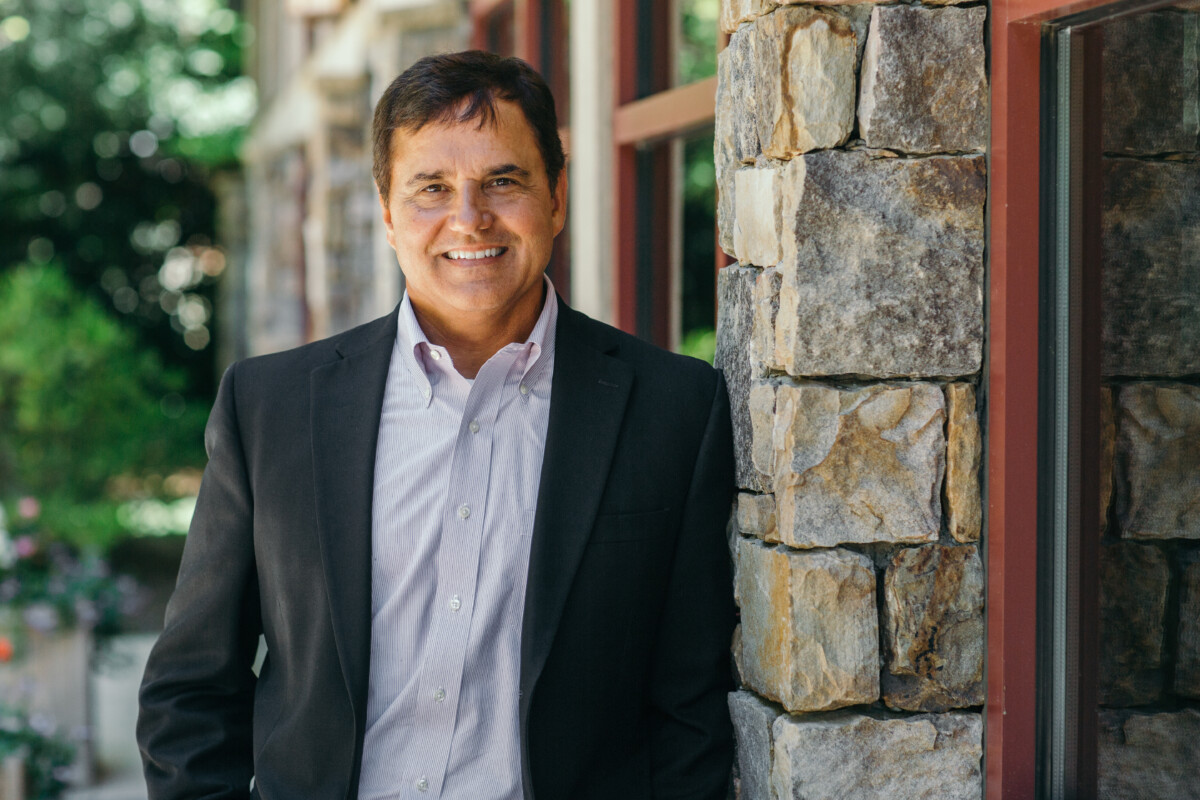
Todd Sherer is the Executive Director of the Office of Technology Transfer at Emory University.
Foundations were made to be built upon, and it was Todd Sherer’s arrival in 2003 that transformed the way Emory OTT worked. As director, Sherer brought a clear vision and introduced strategic processes, including the novel pre-licensing, licensing, and post-licensing models, to streamline operations and create a pathway for faculty innovations to reach the marketplace.
“Todd’s leadership transformed the office into a mature, structured entity,” says Kevin Lei, who joined OTT in 1997 and served in several roles, including director of faculty and startup services, before his retirement in 2022.
Sherer, who still serves as Emory OTT’s executive director, says, “My goal coming into Emory was to grow the office in any way that would maximize the impact of the university’s research. With our stellar team, we’ve been able to add value for our faculty researchers and for the university through reducing technologies’ risk and increasing their potential viability.”
Lei adds, “Todd’s models, along with his presidency at AUTM [formerly the Association of University Technology Managers], established Emory’s worldwide leadership in academic technology transfer.”
Making history with monetization
A watershed moment in Emory OTT’s history came in the late 1990s and early 2000s with the commercialization of the groundbreaking HIV/AIDS antiretrovirals 3TC and FTC. Faculty members Dennis Liotta, Raymond Schinazi, and Woo-Baeg Choi developed therapeutics that became central to the global fight against HIV/AIDS. These drugs were instrumental in transforming a HIV diagnosis from a death sentence to a manageable condition for patients around the world.
The financial impact was equally transformative. “Emory sold its royalty stream from the AIDS drug patents for $542 million,” Newsome explains. “It was one of the largest deals in academic tech transfer at the time.”
Fostering a culture of innovation
Emory OTT’s success has always been deeply rooted in its proactive engagement with faculty.
“Our team read faculty publications and reached out to uncover potential technologies,” Lei explains. “Often, we helped them disclose inventions they didn’t initially recognize as patentable.” This proactive approach, particularly during the pre-licensing phase, became a cornerstone of Emory OTT’s model.
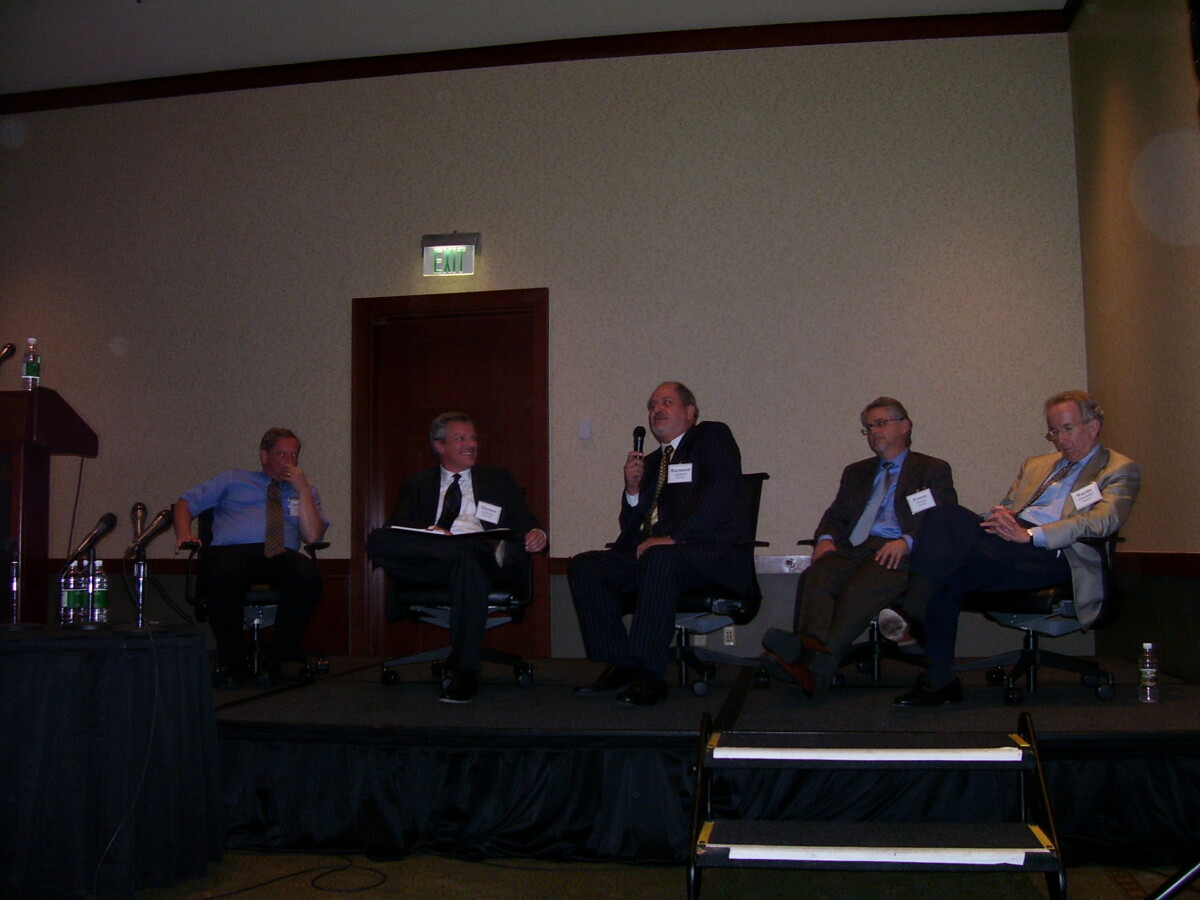
Emory OTT’s first Annual Celebration, held in 2007, included a panel discussion on translating ideas into products. Left to right: Dennis Liotta, Thomas Callaway, Raymond Schinazi, Ernest Garcia, Wayne Alexander.
Faculty champions like Liotta and Schinazi set an inspiring example for their peers, too. They spoke at OTT’s first Annual Celebration—along with Ernie Garcia and Wayne Alexander, other giants in the Emory innovation community—to share their experience of translating ideas into products.
“Their success set a standard,” Newsome says. “It created a culture of innovation at Emory, where researchers felt encouraged to bring their ideas forward.”
Lei echoes this sentiment: “The reason that Emory has been so successful is because of those heroes, those role models. They not only show that they can do it … they also help young faculty grow in creating new technologies.”
Assembling an in-house legal team
Emory OTT created the Emory Patent Group (EPG) in 2010—a groundbreaking decision at the time and still a rare thing in the tech transfer industry. The primary driver of EPG’s creation was budgetary constraints, but it provided many more benefits than expected.
Annual savings amounted to more the $500,000 per year, a great leap from the expected $375,000. It also allowed the office to double the number of patent applications they handled and improve each application’s quality.
“It has just been a raging success,” says Sherer.
Emory’s focus on biomedical research aided in the viability of this successful program. The team—consisting of a Chief Intellectual Property Officer, two patent counsels, and a patent manager—brings over 30 years of in-house corporate life science experience and more than 60 years of combined patent law-related experience. This wealth of experience allows OTT to offer more in-depth analyses of our intellectual property assets for commercialization.
Introducing unique contributions and initiatives
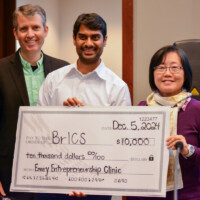
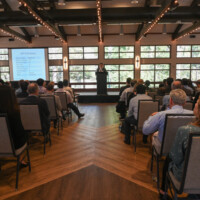
While healthcare remains a significant focus of Emory OTT’s portfolio, the office’s impact extends far beyond therapeutics. For example, it has commercialized innovative products like the Prokopack mosquito aspirator and a multilingual language model.
“Our product pipeline covers everything—pharmaceuticals, diagnostics, medical devices, and even consumer products,” says Sherer.
OTT empowers the researchers behind these products to take their work further via startups.
In 2012, the office began offering the Kauffman FastTrac® TechVenture™ program, a six-day faculty entrepreneur training course. (In 2024, it was transformed into the four-month-long Emory Entrepreneurship Clinic.) And in 2023, OTT partnered with the Office of the Senior Vice President for Research to create the Female Founders Forum, which supports female-identifying faculty at Emory who are launching a start-up company to license and develop their invention.
Emory has also been a trailblazer in community outreach and education. In 2006, the office launched a “Breakfast Club” meeting to raise investor awareness and promote select business opportunities. Twenty venture capitalists and business executives attended the inaugural meeting.
In 2007, OTT celebrated its first Annual Celebration of Technology and Innovation. Now in its 19th year, the event celebrates Emory’s outstanding academic innovators. The Emory research community, industry partners, and the wider Atlanta innovation ecosystem joins to learn more about the exciting projects happening at Emory.
Reflecting on Emory OTT today
What makes Emory OTT truly remarkable is its ability to sustain profitability while driving impact. “We’ve always been profitable—right from the start,” Lei emphasizes. “Not many tech transfer offices can say that.”

Most of the team at Research Week, October 2023.
Emory OTT has brought in more than $1.3 billion in licensing revenue since 1992. That income is then reinvested into the university to support new discoveries. This revenue model demonstrates the efficiency and value of OTT’s work.
In addition to the growth seen in its programs and impact, OTT’s team has also grown. Now in offices on 1599 Clifton Road, the staff has grown to 24 team members and includes teams like marketing, post-licensing, and faculty and start-up services. It also utilizes interns and students to complete various licensing, patenting, and marketing tasks. Each person works hard to translate research discoveries into solutions that improve lives worldwide.
As we look back on 40 years of achievements, it’s clear that Emory OTT has exceeded its original mission; it has become a driving force for innovation at the university, a close collaborator with world-class researchers, and a model for academic technology transfer globally.
— Parker Wenig


















